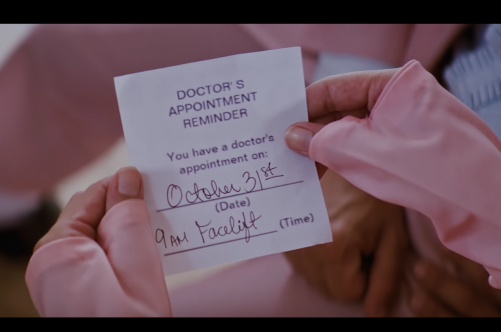The Downsides to Vitamin D
 Perhaps you have heard that getting enough vitamin D is important, especially when it has been seen as preventing certain types of cancer (including breast), heart diseases, arthritis, and particularly depression. Even nutritionists recommend that people, on average, should aim for about 1000 mg per day, in order to stay healthy. Many ways that one can access vitamin D are either through food items like fish and mushrooms, or through the natural rays of the sun.
Perhaps you have heard that getting enough vitamin D is important, especially when it has been seen as preventing certain types of cancer (including breast), heart diseases, arthritis, and particularly depression. Even nutritionists recommend that people, on average, should aim for about 1000 mg per day, in order to stay healthy. Many ways that one can access vitamin D are either through food items like fish and mushrooms, or through the natural rays of the sun.
However, despite all of the positive benefits surrounding the famous “sunny vitamin,” there are downsides, too. Having too much vitamin D can lead to health problems, which might create negative, long-term effects on the body. Here in this article, we list some possible drawbacks to vitamin D on health.
Risk of kidney problems
Naturally, your kidneys contain plenty of vitamin D, which is used to balance calcium and phosphorus levels in your body. However, having too much vitamin D in the kidneys can lead to problems, especially the over-accumulation of calcium. This throws the calcium-to-phosphorus ratio off-balance, which results in calcium deposits, also known as kidney stones. They are extremely painful, and are difficult to get rid of.
Not only does calcification affect the kidneys, but they also can affect other parts of the body, including the joints and the heart. If those areas are calcified, it can lead to severe pain when moving and increased risk of a heart attack, respectively.
Increased chances of getting skin cancer
While there have been studies that have shown reduced risks of certain cancers (e.g. prostate, colon, and breast) through vitamin D intake, there has also been research which has found it to lead to melanoma, a tumor that is associated with the deadliest form of skin cancer. This is due to getting vitamin D from the sun. While it is perfectly safe, even beneficial, to get adequate amounts of sun exposure every day, long-term exposure damages the skin, which leads to the clumping of cells that creates tumors (possibly malignant) and potentially skin cancer.
If getting skin cancer is not worse enough, high exposure to the sun’s rays can also lead to sunburn, wrinkles, and in general premature aging of the skin. In order to prevent these not-so-ideal effects from the sun, aim for only five to ten minutes of outdoor activity every day, in order to ensure the right balance between health and its risks.
Possible risk of cardiovascular diseases
As briefly mentioned in the first risk, having an excess of vitamin D in the bloodstream can lead to the calcification in the arteries. As a result, arteries are blocked, blood flow is limited, and if near vital organs like the heart, can lead to cardiovascular diseases. It also can contribute to elevated levels of homocysteine (known as hyperhomocysteinemia), which can cause problems like thrombosis, renal dysfunction, and fractures.
Overall, many of these health risks from vitamin D are caused by over-exposure or excessive intake of it. That said, it is important to practice moderation. Knowing your adequate levels of vitamin D intake per day is the best solution, and through that can help you live a healthy lifestyle.








